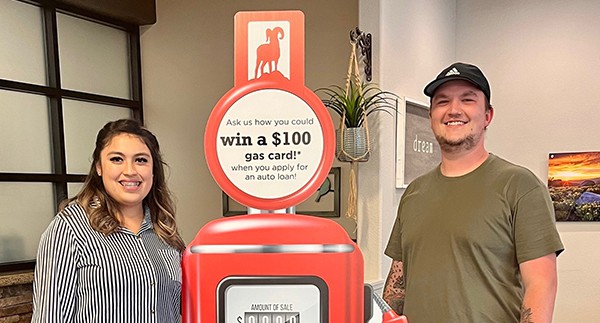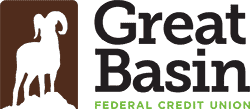- Accounts

Accounts
We'll help you save for the things that matter most.
- Loans

Loans
From cars to homes and everything in between we've got you covered.
- Services
- Card Management
- #JustAskJennifer
- Online Banking & Mobile App
- Budget Tools
- Identity Theft Protection
- Insurance

How can we help?
Great Basin offers a variety of services for at home and on the go.
For Your Convenience
- Resources

We make it simple.
Our resources are there to guide your financial success.
Member Resources
- About

Open An Account
We go above and beyond for you.
Careers
Ready to see what your future holds?
Locations
We're here to help in any way possible.
Contact Us
Questions or concerns? Reach out to us.
South Reno Branch
9770 S. Virginia St.
Reno, NV 89511
Northwest Branch
9600 S. McCarran Blvd.
Reno, NV 89523
Los Altos Branch
381 Los Altos Pkwy.
Sparks, NV 89436
Ready to Get Started?




















